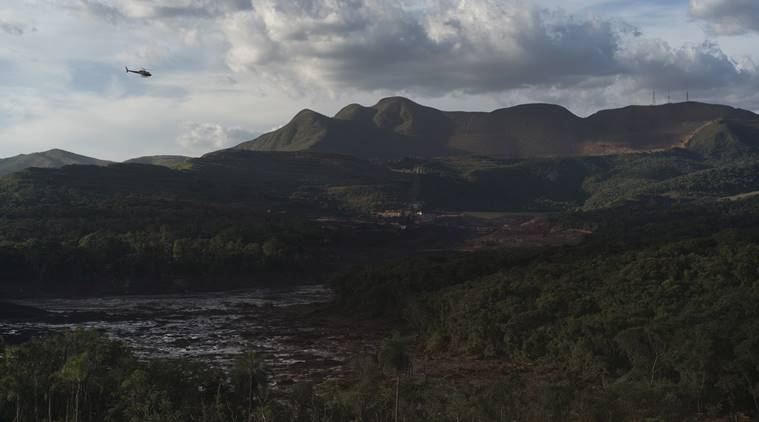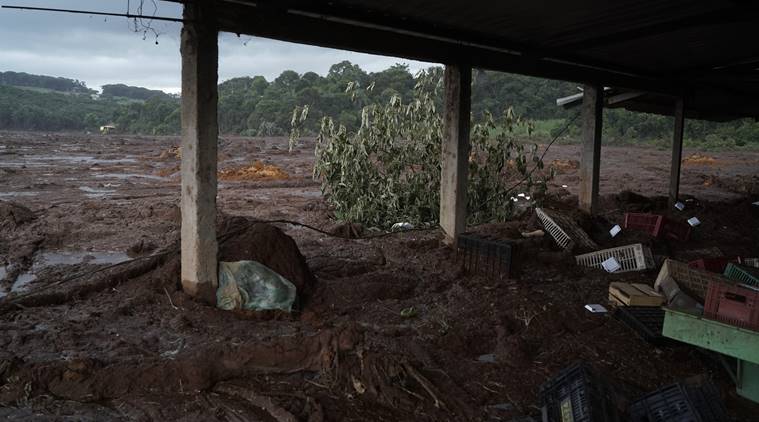By New York Times |Brazil |Published: February 10, 2019 12:37:54 pm
A tidal wave of toxic mud
There are 88 mining dams in Brazil built like the one that failed — enormous reservoirs of mining waste held back by little more than walls of sand and silt. And all but four of the dams have been rated by the government as equally vulnerable, or worse.

(Written by Shasta Darlington, James Glanz, Manuela Andreoni, Matthew Bloch, Sergio Peçanha, Anjali Singhvi and Troy Griggs)
Luiz de Castro was installing lamps at a mining complex in Brazil late last month when a loud blast split the air. He figured it was just a truck tire popping, but a friend knew better.
“No, it’s not that!” the friend said. “Run!”
Dashing up a staircase, caked in mud and pelted by flying rocks, Castro clambered to safety. But as he watched, a wall of mud unleashed by the collapse of a mining dam swallowed his co-workers, he said. Tiago, George, Icaro — they and at least 154 others, all buried alive.
1m 30s

Rescuers search for Brazil dam survivors
Rescue workers in Brazil are searching for survivors after a dam at an iron ore mine was breached. Hundreds of people are still missing.
The deluge of toxic mud stretched for 5 miles, crushing homes, offices and people — a tragedy, but hardly a surprise, experts say.

There are 88 mining dams in Brazil built like the one that failed — enormous reservoirs of mining waste held back by little more than walls of sand and silt. And all but four of the dams have been rated by the government as equally vulnerable, or worse.
Even more alarming, at least 28 sit directly uphill from cities or towns, with more than 100,000 people living in especially risky areas if the dams failed, an estimate by The New York Times found.








































No hay comentarios:
Publicar un comentario